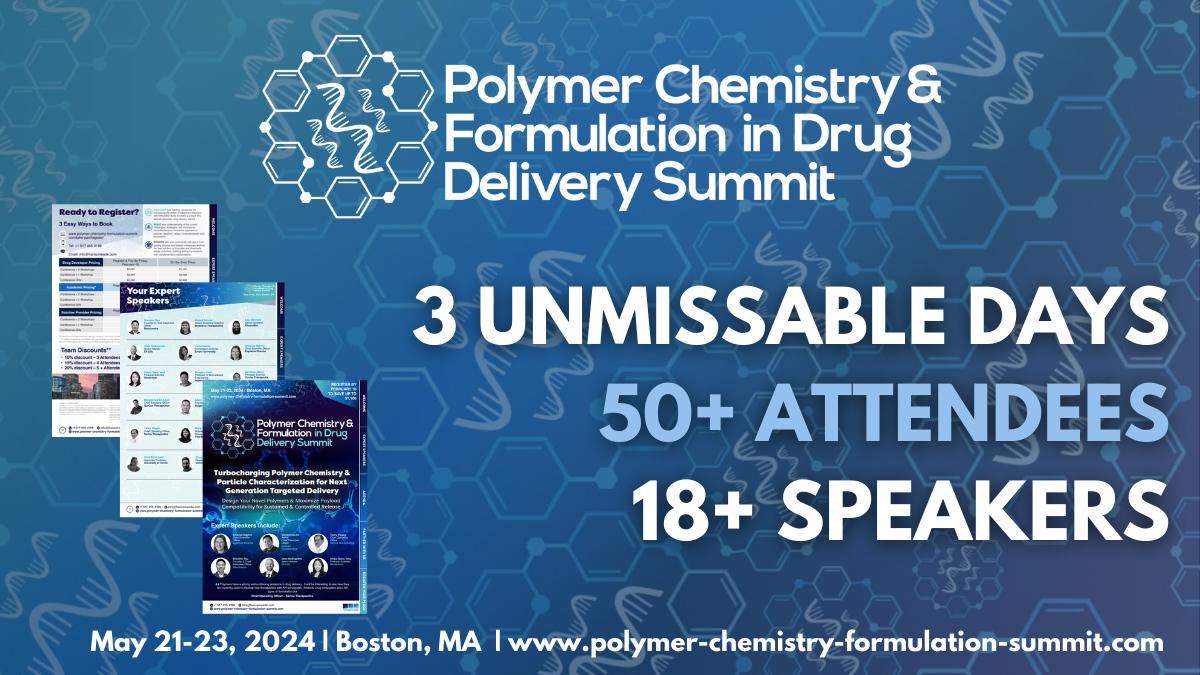Vertex seeks swift review of new CF triple after ph3 readout

Vertex’s chief executive Reshma Kewalramani
Vertex Pharma has said it will use a priority review voucher (PRV) to speed up the FDA review of its new once-daily triple therapy for cystic fibrosis, which has just hit all its objectives in a pair of phase 3 trials.
The ‘vanza triple’ – consisting of vanzacaftor, tezacaftor, and deutivacaftor – is a follow-up to its current triple therapy Trikafta/Kaftrio (elexacaftor/tezacaftor/ivacaftor), which reached the market in 2019 and contributed $8.9 billion of Vertex’s total product revenues of $9.9 billion last year.
The company’s strategy in cystic fibrosis has always been to progressively improve its therapies, based on compounds that modulate the activity of the cystic fibrosis transmembrane regulator (CFTR), to extend the range of mutations covered by the drugs and provide greater efficacy.
That’s what it seems to have achieved once again, with the 'vanza triple' matching Trikafta on a series of lung function measures, but crucially improving on the current drug when it came to lowering sweat chloride, a biomarker for the severity of the disease, as well as for response to modulator therapy.
Data from SKYLINE 102 and SKYLINE 103 revealed that the new triple was significantly more effective at achieving a sweat chloride level below 60 mmol/L, which is the threshold for a cystic fibrosis diagnosis, with 86% of patients on the new drug hitting that target at week 25 versus 77% of the Trikafta group.
There was also an approximately threefold higher chance of achieving a sweat chloride level of less than 30 mmol/L, a threshold below which a person would be considered normal and is typical of cystic fibrosis carriers who do not have the disease.
Vertex’s chief executive, Reshma Kewalramani, said the results of the trial were “impressive and important”, telling analysts on a conference call that CFTR modulator therapy may have achieved all it can do on lung function scores.
“Our objective was […] to move beyond the focus on lung function to a broader, more ambitious goal to improve CFTR protein function as measured by lower sweat chloride levels and deliver even greater systemic benefit than Trikafta,” she added. “By treating patients early with the 'vanza triple', we have the potential to possibly prevent systemic manifestations of CF in more people.”
Vertex is now working on regulatory submissions and is hoping to file marketing applications for the new therapy in both the US and Europe for patients ages six and older by the middle of 2024, with the use of a PRV cutting the review down to six months.
The new data comes as Vertex is enjoying a run of positive news, including the launch of the first CRISPR/Cas9 gene editing therapy, Casgevy (exagamglogene autotemcel) for sickle cell disease and transfusion-dependent thalassaemia and positive phase 2 results with non-opioid analgesic VX-548, as it starts to move beyond its core cystic fibrosis focus.
In its fourth-quarter results update, Vertex said that 12 treatment centres have already been licensed to deliver Casgevy – an ex vivo cell therapy – with “excellent progress” on establishing reimbursement pathways in the US, as well as Europe.













